Whenever animals are put on display, there is controversy. Is it safe or proper for the animals, or are we exploiting them for our pleasure? Is there a way to do both, or is it always the wrong thing to do? Flaco's great escape (when his enclosure was cut open by someone) brought this matter to a head when it comes to owls, and there have been numerous opinions on the matter since then.
I largely support these places, especially ones where conservation and protection of species are the key priority, then education of the public. I have thankfully only been to one bad "zoo" in my life, and it was very obviously bad. Most have been decent to wonderful.
The first time I saw the cage where Flaco, the much-loved Eurasian eagle-owl, was kept, I was shocked.
I should say right away that I was no great proponent of the abolition of zoos or a deep thinker on zoo ethics. But I was struck by how small the cage was, especially for a member of a species of owl that is among the very largest. This was the enclosure that Flaco had left behind on the night of February 2, 2023, after vandals cut a hole in the mesh. Over the next year, the owl claimed first Central Park and then New York City as his territory, gaining millions of fans around the world.
It was raining when I arrived at the Central Park Zoo, two weeks after the owl’s death, and at first I couldn’t find Flaco’s cage and I wondered if it had been dismantled. A friendly zoo worker led me over to the enclosure, which was tucked in near the exit to the penguin and seabird exhibit.
When we got there the man spread his arms.
“This bird was big, huge, and this was its place,” he said.
I studied the space that was Flaco’s home for twelve years. Three dead trees that my not-always-reliable phone app identified as an Indian almond, bagpod and common fig, served as his perches. An illustration covered the back of the cage, a misty painting of foggy mountains and steppes with a river running through it, Flaco’s native habitat, put there, if you were in a certain dark mindset, almost to taunt him.
The steel mesh that had covered the opening was gone, the former cage now completely open.
I asked the zoo worker about this, and he said, “They left it open all year just in case the owl wanted to come back.”
As it turned out, he did not.
Back when he was in this cage, a human being looking back in at the large bird, thousands of miles from the taiga and rocky steppes of Europe and Asia and North Africa where its kind evolved, might say he looked bored. But be careful. For most of the twentieth century human beings who studied animals and human beings who used words to describe them were warned not to attribute “human” emotions to animals. Anthropomorphism, the great crime. Only lately has common sense and empathy, bolstered by emerging science, returned to the scene and told us what we knew already. To say an animal is experiencing a certain feeling is not plastering a human emotion on an inhuman thing. It is allowing for the obvious but somehow suppressed fact that we coevolved with creatures like this owl for billions of years before splitting off and going our human way. No grand experiments are needed to conclude that emotion is part of our common heritage. Just watch a big cat prowl back and forth in the zoo. Just ask your dog if it wants to go for a walk.
So maybe bored is not the exact word, but something close. The owl, our fellow animal, lives a life where many of the things that have been encoded in it by the grand scheme of evolution have been denied. Not small things either. Sex. Food obtained by hunting. Flight. Soaring. Companionship.
Back when he was in his cage, zoogoers sometimes complained about Flaco. One day a man told a zoo worker that the bird looked “grumpy.” Perhaps a more worthwhile experiment than questioning the use of anthropomorphism would be to separate this man from his children and place him in an enclosure for twelve years and see how he fares, whether or not he too would exhibit some grumpiness.
During his year beyond the cage, Flaco was the protagonist of a story with a moral, and even a basic narrative arc, that is still uncertain and varied, dependent very much on who you talk to or what posts you read. The poor owl carried so much symbolic weight that it was a miracle he could fly at all. The narrative began with the bird’s escape and the zoo’s attempts to recapture him, which most supported at first. Once the early predictions that Flaco would not be able to hunt in the (relative) wilds of Central Park were proven wrong, however, the narrative began to change, and there was a growing deep and heartfelt resistance to the attempts to capture Flaco.
Free Flaco followers signed petitions urging the zoo to stop their efforts, and their comments flooded the internet. Ornithologists weighed in, some claiming the non-native bird would be a danger to native ones. But the experts also worried for Flaco—his ability to survive in the wild, the poisons he might be ingesting once he started hunting successfully—setting up the central conflict of the narrative that would grow over the next year: safety versus freedom.
By mid-February, two weeks after Flaco’s escape, with Flaco catching rats and feeding himself, the Wildlife Conservation Society (WCS), which runs both the Central Park and Bronx zoos, started to waver in its commitment to capturing the owl. Whether or not this was in reaction to the growing Free Flaco movement is not entirely certain, but public opinion sure seemed to impact how they proceeded. At that point the WCS softened their stance, saying they would “continue to monitor him, though not as intensely, and look to opportunistically recover him when the situation is right.” But then, only five days later, they set a baited trap in the Sheep Meadow and tried to lure in Flaco using a recording of a hooting female owl.
The zoo warned about the dangers the owl would face in the urban wild, warnings that would prove prophetic twelve months later when Flaco would succumb to the dual poisons of rodenticide and a herpesvirus contracted from pigeons. Concerned for the owl, they understandably wanted to capture it both quickly and safely, but it didn’t prove that easy. For one thing, by this point crowds were following Flaco everywhere, and the traps the zoo workers were using weren’t working. Raptor experts have suggested to me that Flaco could have been captured successfully with a cannon net. But a device that used explosives to launch a net was a potential public relations nightmare. The zoo workers were well aware that they were onstage while they went about their business.
“What happens if they injure or, God forbid, kill Flaco while attempting to capture him?” Andrew Farnsworth, a renowned Cornell bird researcher, asked. “It adds to the whole notion of the whole thing's onstage. And the capturers are onstage too.”
The world was watching.
I am not anti-zoo. The last time I had visited the Central Park Zoo, before my visit to the cage, had been over a decade before when I’d watched my daughter delight in the penguins and sea lions. I understand the argument that zoos are now arks, safe places where endangered animals and genetic material are preserved in a world where thousands of species are hurtling toward extinction. I also understand that if people, especially children, are not allowed to see real animals, then the idea of them, and of saving them, becomes abstract.
“I have a lot of respect for inner-city zoos,” a zooworker who specializes in birds told me. “Most inner-city kids would never have a chance to see wildlife without them. The whole point is getting kids face-to-face and connecting with animals so they care about them.”
When I brought up the Central Park Zoo, and he said, “They were definitely in a no-win situation,” he might have been speaking about zoos in general. Zoos are a business, and every year that business gets harder and harder with more and more red tape and with the public perception turning darker. Efforts to create larger and more natural habitats need to be balanced by the simple fact that if people don’t see the animals, they won’t be coming back.
In retrospect, it isn’t hard to empathize with the bind the WCS and zoo were in, but their response, once they stopped trying to re-capture Flaco, was to keep quiet. Perhaps this was out of defensiveness once the freedom narrative took hold and people started noticing how small Flaco’s enclosure had been. Whatever the reason, the result was this: they lost control of the narrative.
Andrew Farnsworth agrees that the WCS and the zoo had “really missed an opportunity.”
“I like WCS, and a lot of amazing things come through that organization. But by not talking they didn’t do themselves any favors. Instead they could have said, ‘What story can we tell?’ They could have led weekly walks to see Flaco, right?”
An irony here is that another primary goal for zoos is to educate people by letting them observe animals. The WCS really did seem to miss a great opportunity in Flaco, whose location was known for most of the twelve months he was free. In a way, what Flaco-watchers in the park and on-line were experiencing was a moveable zoo. Part of the work of modern zoos is to reimagine the experience. What were Flaco’s adventures, with the internet websites and Twitter filling the void left by the zoo, but a moving, living, unpredictable zoo exhibit?
Not long after Flaco’s death, I hosted a zoom call with a couple dozen Flaco followers. Eventually the discussion turned toward the idea of sanctuary. What if Flaco had been captured and returned to a place where he could live without the threats of rat poison, cars, buildings, and crowds? But where would that place be? One of the Zoomers suggested the Adirondacks, but there he would have threatened native wildlife and competed with native raptors. Was a sedated flight back to his native Europe really a possibility or farfetched?
When the talk turned to the zoo’s role there was frustration and anger.
“The zoo failed him both in freedom and captivity. They probably could have saved him. Once they decided not to catch him, they said they would ‘continue to monitor him.’ But they never made an effort to actually track him. How did they monitor him? Was there any evidence of this? They abdicated responsibility. They dropped out of the story entirely.”
The Wildlife Conservation Society, which would become an online whipping boy during the Flaco year, has noble origins. Originally the New York Zoological Society, it came into being when Teddy Roosevelt, then president of the Boone and Crockett Club, founded the society with three stated objectives: to open a zoological park, to promote the study of zoology, and to preserve wildlife.
Modern zoos, combating the idea that zoos are still just menageries of captive creatures, are quick to point out that part of their missions, aside from entertaining and educating the public, include the crucial work of field conservation and species recovery, and the New York Zoological Society provided both the earliest and most famous example of this when they reintroduced fifteen American bison, a species on the brink of extinction, to what was then called the Wichita Forest and Game Preserve. The WCS continues to work toward species recovery in a time of massive biodiversity loss and has a stated goal of trying to help save 50 percent of our remaining wild lands.
I am not anti-zoo, or at least I wasn’t before the Flaco year.
Larger zoos, wilder zoos, even non-zoos with no customers. We are in a time of re-imagining.
In 2024, the Oakland Zoo decided to send Osh, its last remaining African elephant, to the Elephant Sanctuary in Tennessee. The decision was made by the zoo based on the elephant’s “well-being,” and in a statement the zoo said: “He will have the opportunity to socialize and develop relationships with many other elephants over his lifetime. Something that we could not offer him here.”
More specifically it would give the thirty-year-old male an opportunity to reunite with Donna, who had been the last female elephant at the Oakland Zoo before being transported to the sanctuary a year before.
At the sanctuary the elephants move in herds. The sanctuary is a sprawling 3,060-acre habitat, located 85 miles south of Nashville. Though elephants are given individual care when needed, they wander freely on the property. The elephants are not managed: “Recognizing that elephants are wild animals with complex physical and social needs, there is no free contact management or dominance training.” The sanctuary literature does not call the elephants tame. It calls them captive.
The herd can be viewed on camera, but the elephants’ habitats are closed to the public. The sanctuary says this explicitly on its website: “Visitors to The Discovery Center will not see or interact with elephants.”
The sanctuary is for the elephants, not the watchers.
How can one bird change my thinking? How can one bird change the thinking of so many? Maybe, part of the secret is exactly that: the fact that we are talking about one bird.
“One of the things that made Flaco so popular was that he was an individual,” David Barrett, whose X account, Manhattan Bird Alert, was Mission Control during the Flaco year. “So many birds are anonymous. They’re beautiful, but they look just the same as a thousand others of their species. Flaco was distinct. He was the only Eurasian eagle-owl in the wild in all of North America. And he was a bird that people could come out and see as an individual every day and follow.”
What some call anthropomorphizing, might also be called empathy. It is easier to empathize with an animal than with animals. Education and entertainment are laudable goals, but maybe a greater goal is to get people to look beyond themselves and imagine lives beyond the human. One way to do that is by learning an animal’s individual story.
The WCS proved right in the end, Flaco’s freedom was short-lived and he fell to the dangers of city life, but during those early days, thousands of people got to learn Flaco’s story and watch as Flaco rediscovered the skills of flying and hunting that evolution had gifted him. These were days of growth, of change, of evolution. And while it may be dangerous to attribute specific emotions to an animal, it is fair to say that, at least on a physical level, a kind of self-realization was occurring. Certainly, Flaco was becoming more. Parts of him that had long slumbered were waking up. Flaco wasn’t the only one changing. Thousands of people were witnessing his growth, and, to some extent, growing along with him. What zoo exhibit can do that?
The last time I returned to Flaco’s cage, I knew more about eagle-owls and understood that my earlier impression was not unfounded. The Association of Zoos and Aquariums (AZA) recommends a minimum of four hundred square feet for an eagle-owl. That is not a huge space, about the equivalent of a two-car garage, but vast in contrast to Flaco’s longtime closet of a home. In fact, some of Flaco’s relatives in other zoos were lucky enough to be housed in spaces many times larger than the suggested minimum, where they could sometimes hunt for rats that happened to wander into their cages, but as anyone who has lived in New York knows, space is at a premium in the city. To add to the lonely picture of Flaco’s life, the AZA also recommends that eagle-owls are best kept in pairs, while Flaco was alone.
No wonder Nancy Garay, whose research I am drawing on here, has written: “Once freed, Flaco became the bird he always was.”
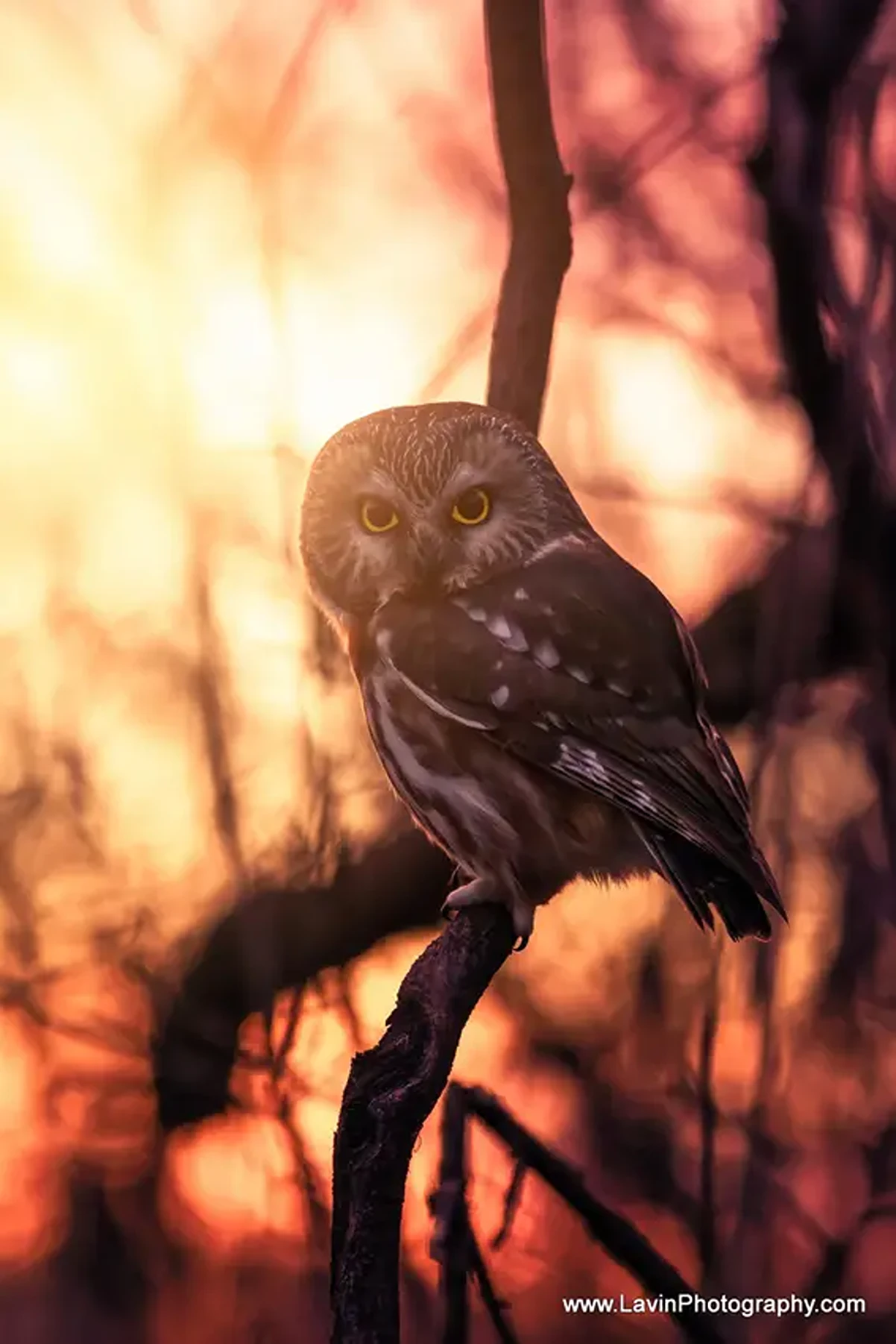
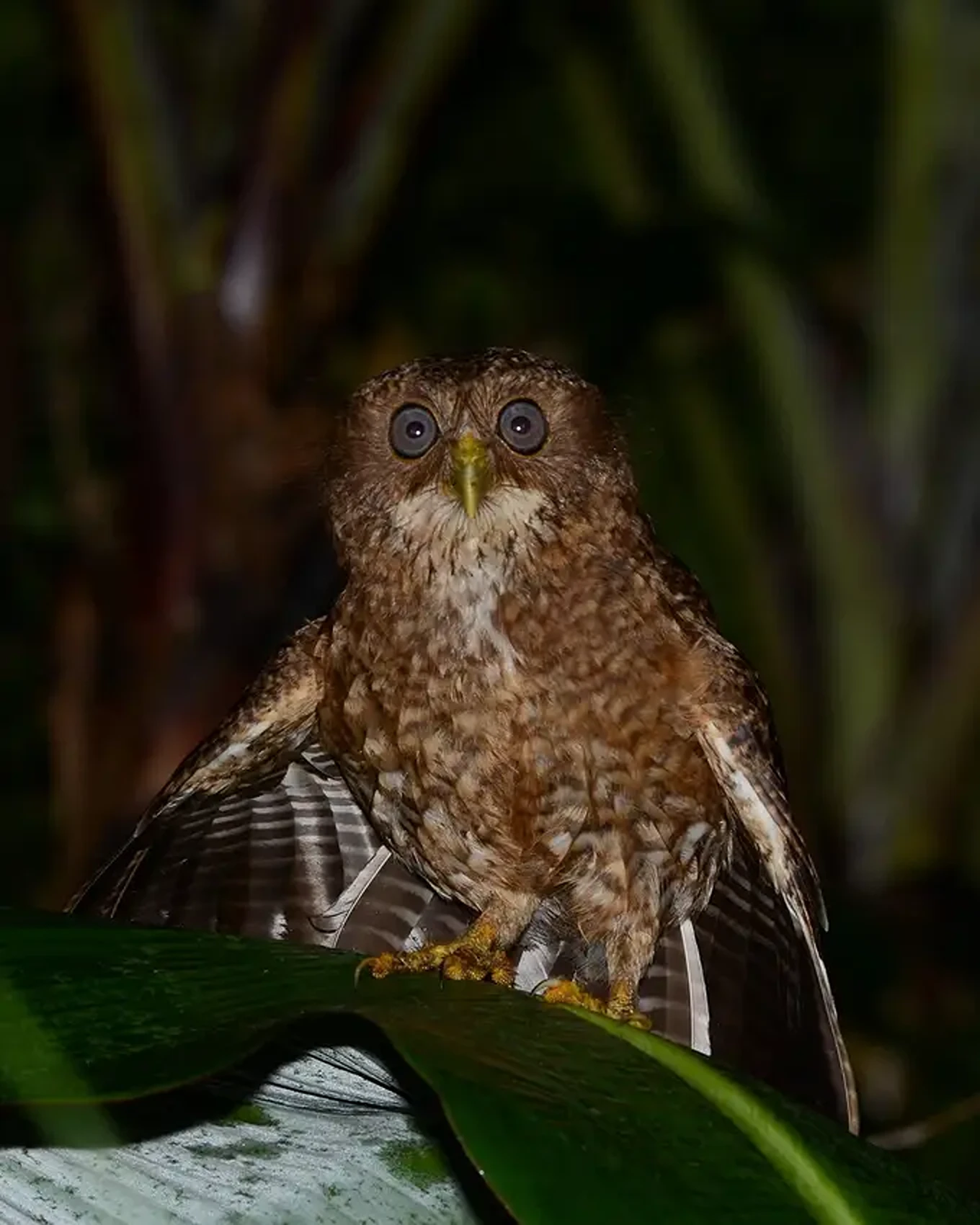
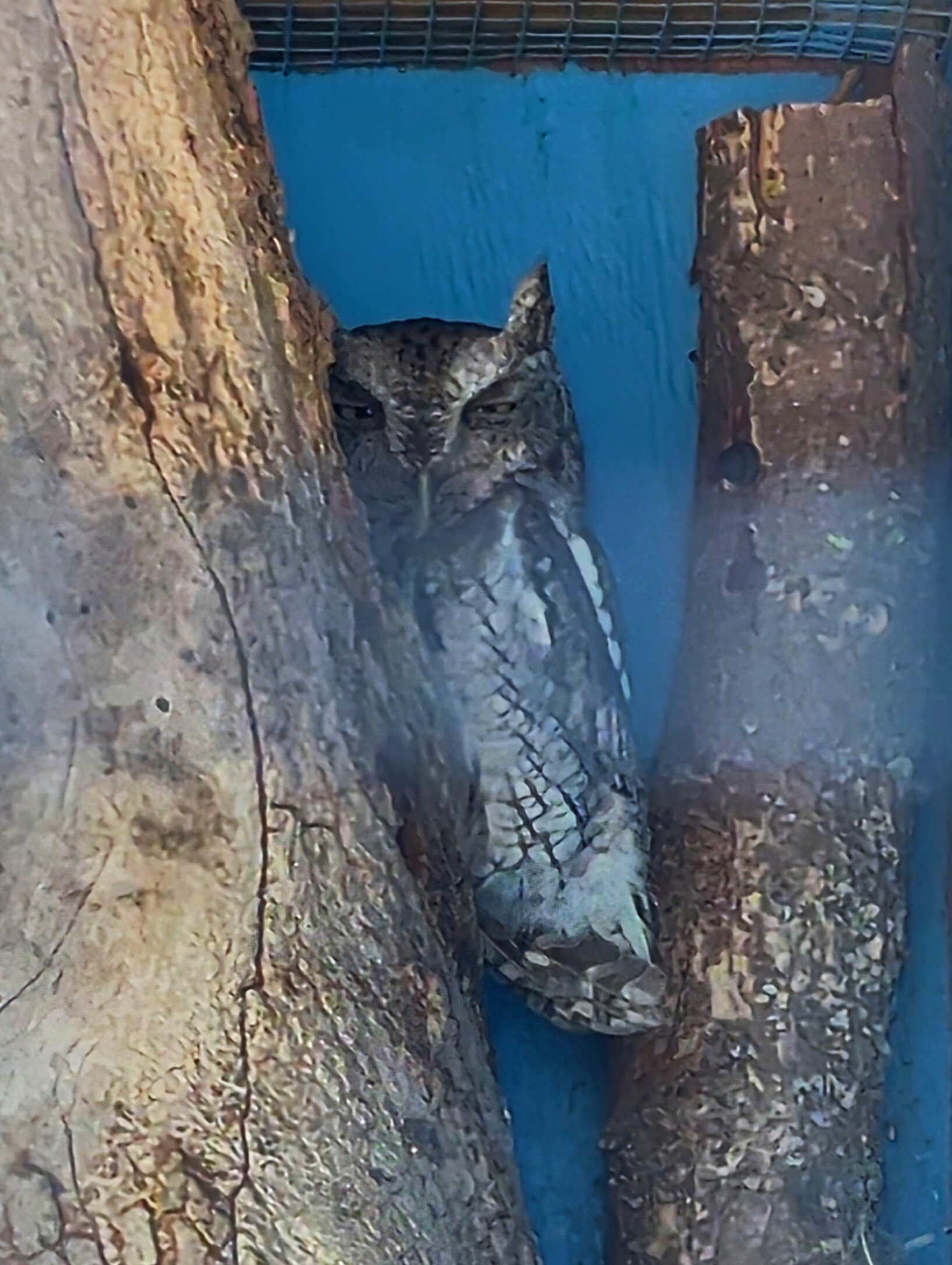

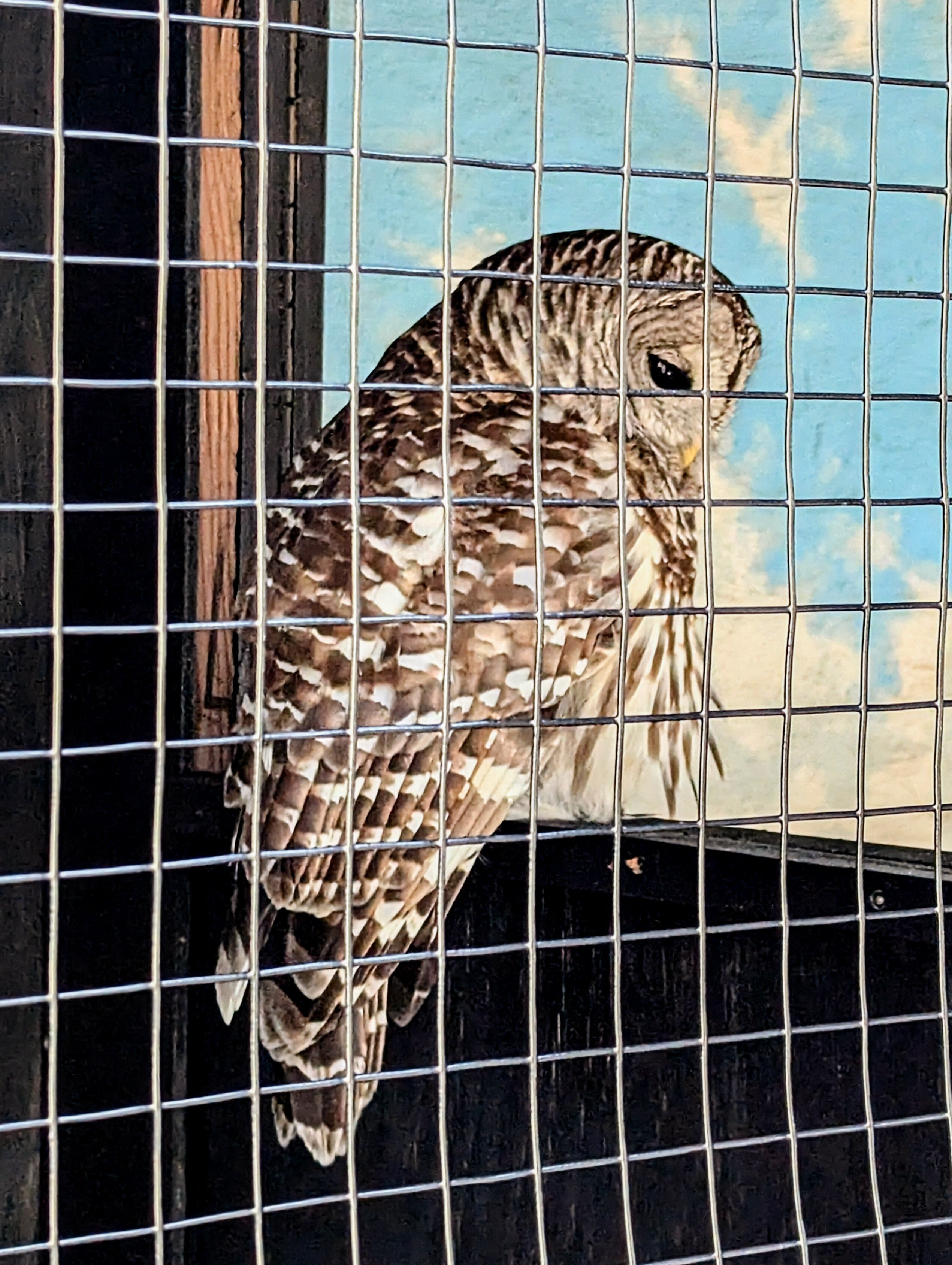
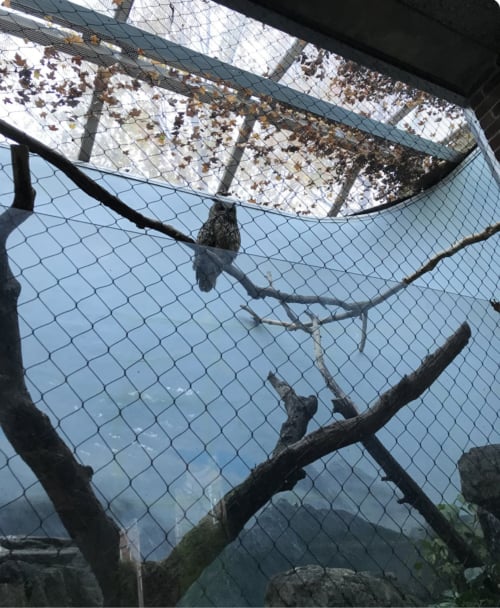
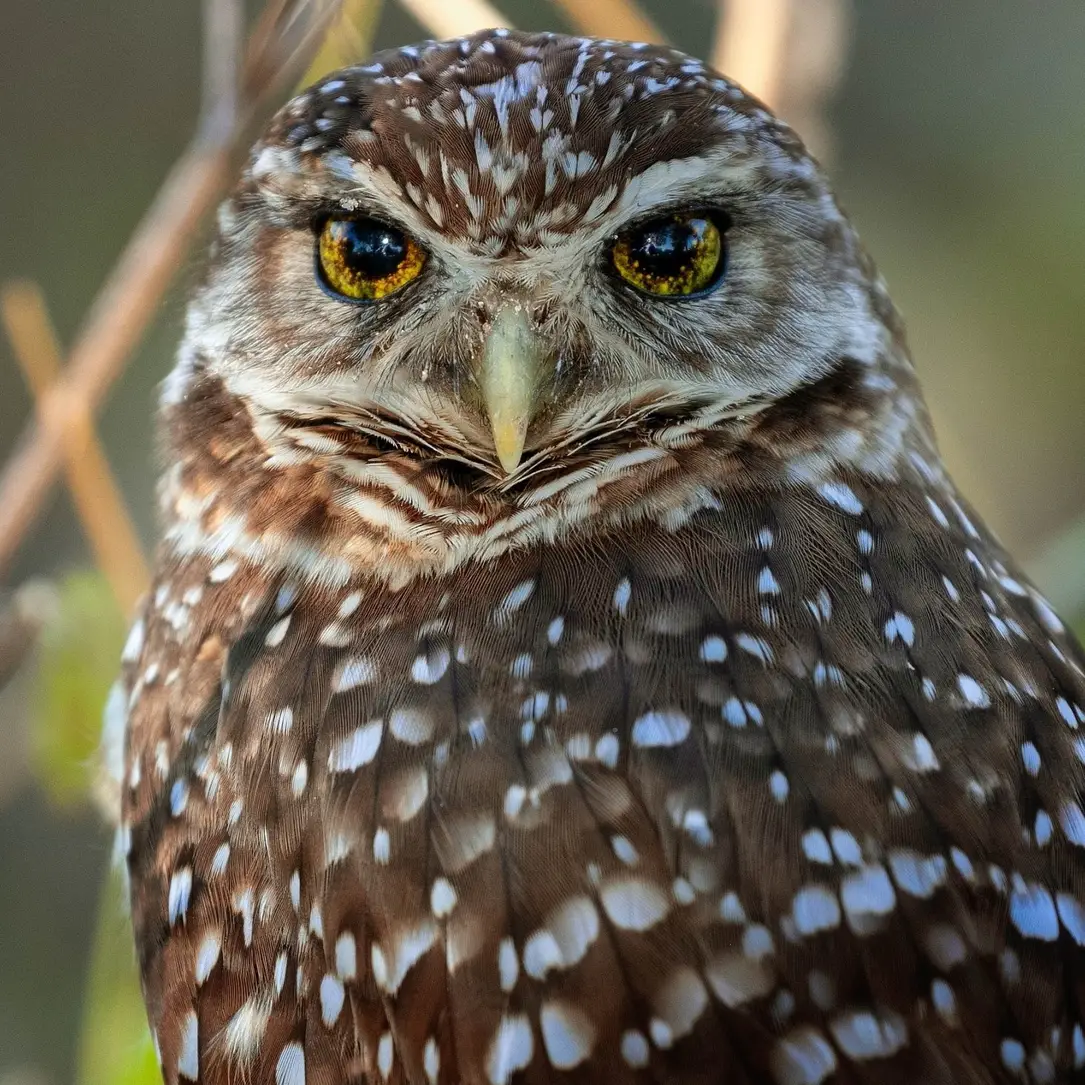
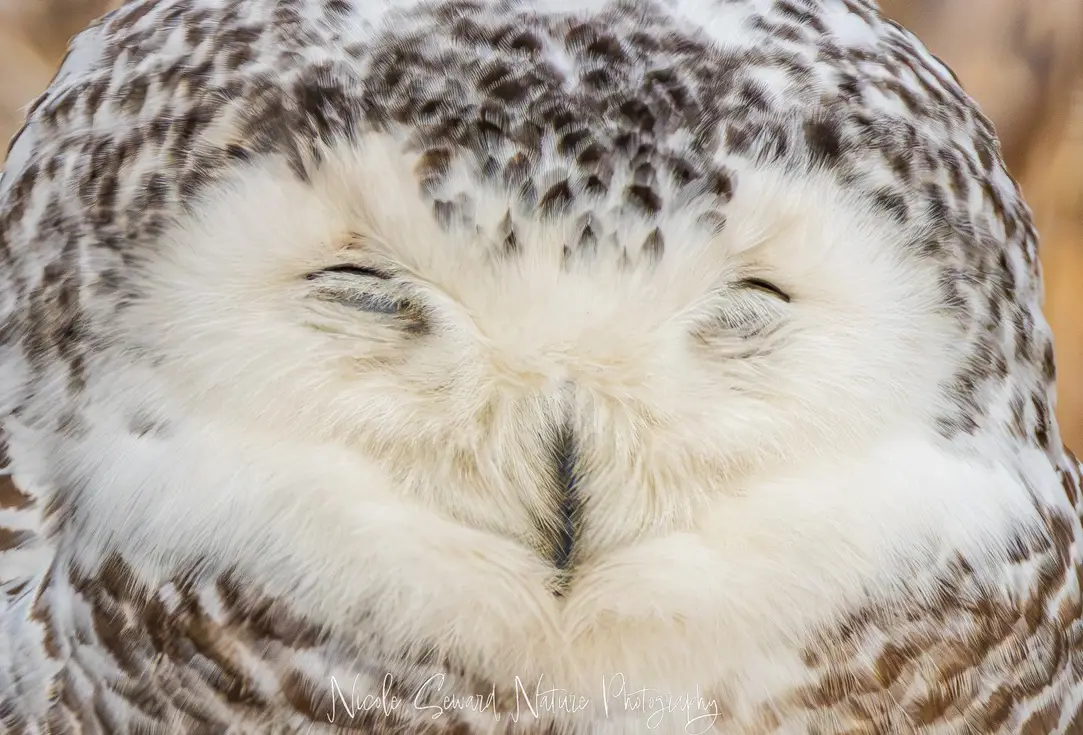

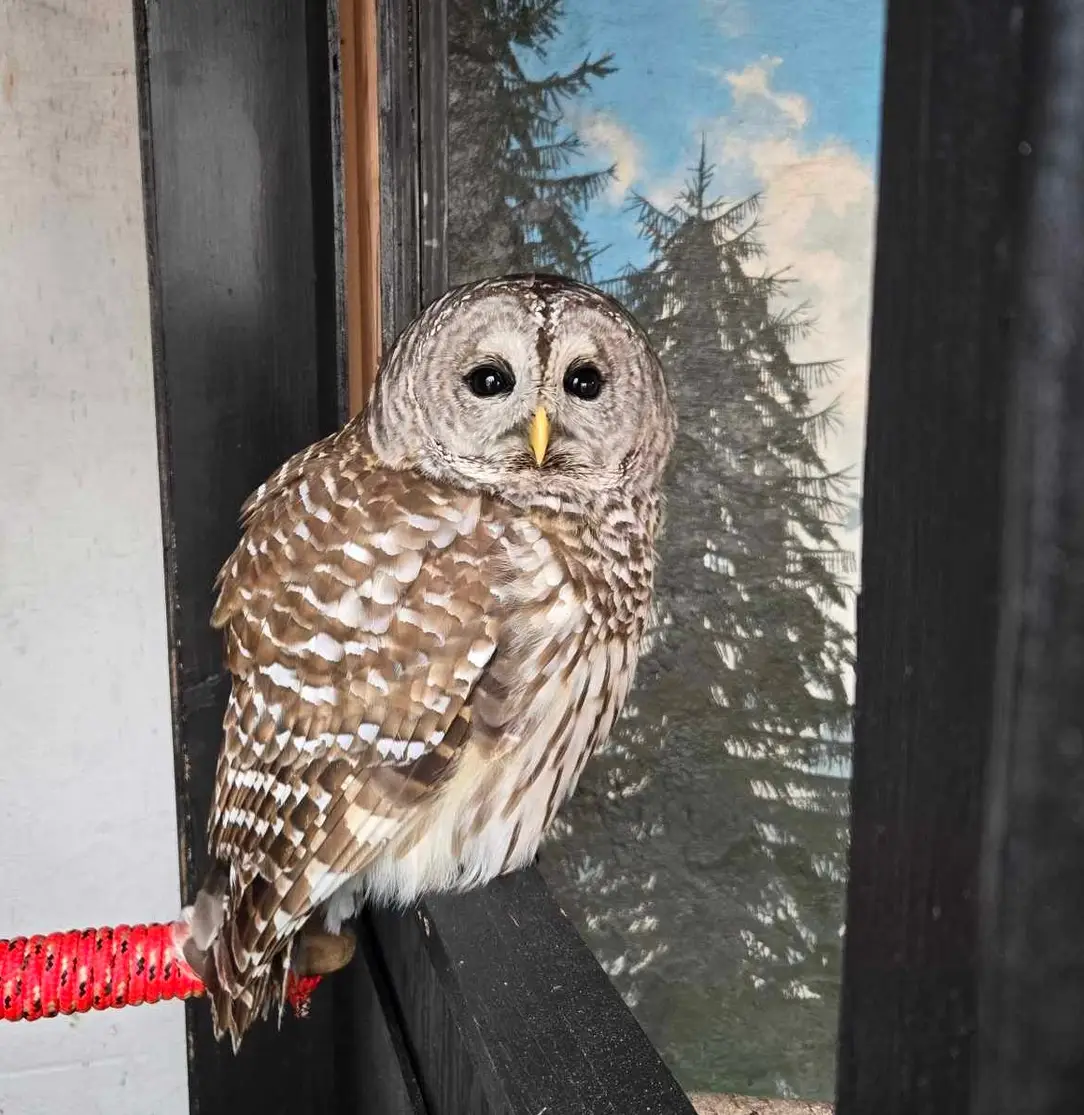




230 is important for online free speech, and just like free speech is used in real life, such as protesting against racism, it also protects those protesting for racism. It sucks in some cases, but people of all perspectives have found this a worthwhile compromise for 30 years.
With 230, we protect our online places of assembly. Without it, our right to gather online is greatly endangered.
Say you record police committing abuse. You want to share it online so people can learn about it and spread the word. Host takes it down to avoid being accused of threatening the officer, liable, inciting violence, etc. If the host doesn't take it down, now you are both open to civil or criminal penalties if they so choose to go after you. If it's legal or not, do you have the means and will to fight them in court?
Yeah, some Nazis get to dog whistle and push misinformation, but 230 also protects you and hosts that let you tell them off and that they aren't wanted. Lose 230, and now you could be the one in trouble or getting your favorite site shut down.